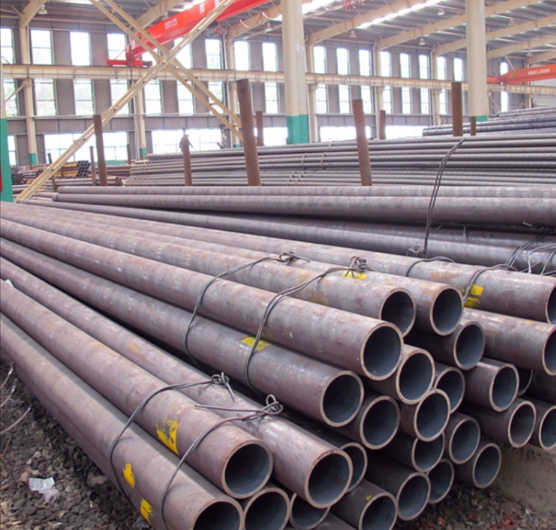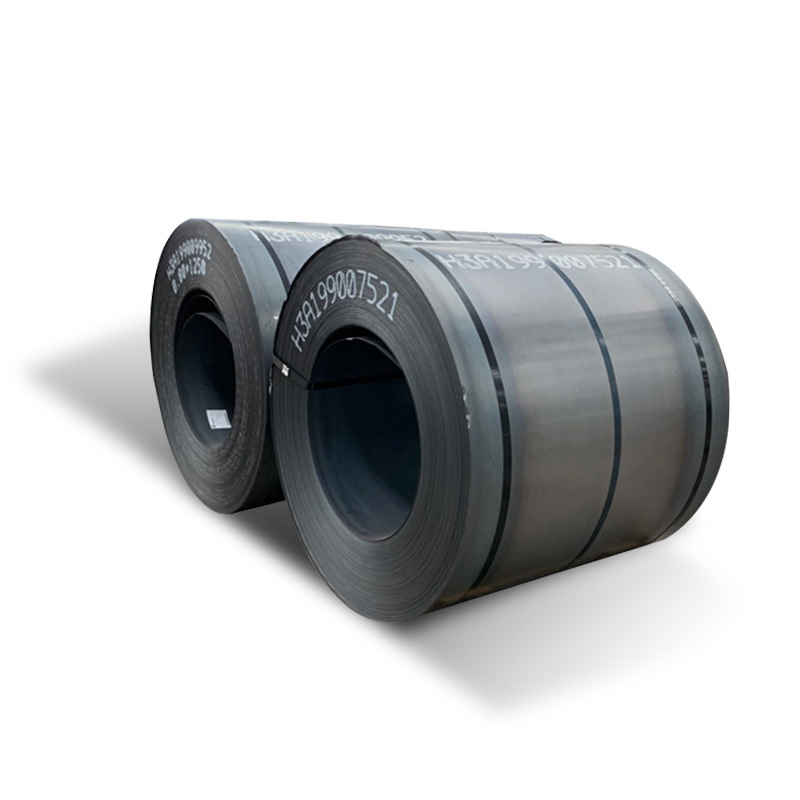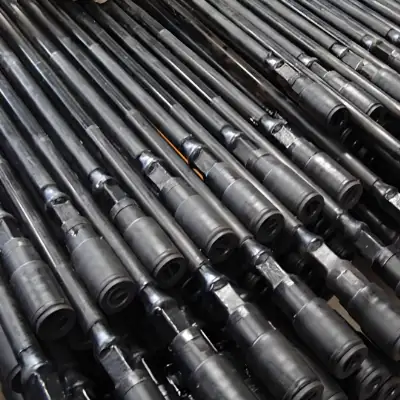A low-carbon steel plate with a thickness of 270mm represents a significant engineering material primarily utilized for applications demanding substantial structural integrity and excellent weldability. Such plates are characterized by their relatively low carbon content, typically below 0.25%, which contributes to their favorable mechanical properties.
Key Characteristics of 270mm Low-Carbon Steel Plate
Low-carbon steel offers a unique combination of properties making it suitable for heavy-duty applications. When manufactured to a substantial thickness of 270mm, these characteristics are paramount:
- Weldability: Excellent weldability is a hallmark of low-carbon steel. This ease of welding is crucial for fabricating large and complex structures where a 270mm plate might be a key component. The consistent quality from suppliers is essential here.
- Machinability: Despite its thickness, low-carbon steel generally maintains good machinability, allowing for precise shaping and finishing processes necessary for many industrial applications.
- Toughness and Ductility: These plates exhibit good toughness, meaning they can absorb energy and deform plastically before fracturing, which is critical for safety in structural applications. Reliable sourcing, for instance from companies like Shanxi Luokaiwei Steel Company, ensures these properties meet specifications.
- Strength: While not as high-strength as alloyed steels, low-carbon steel provides adequate strength for many structural and load-bearing applications, especially in such thick sections.
Applications for 270mm Thick Plates
The considerable thickness of a 270mm low-carbon steel plate dictates its use in demanding sectors where substantial material section is required:
- Heavy Structural Engineering: Used as base plates for large machinery, significant supports for heavy infrastructure projects like bridges, and core components in offshore structures.
- Shipbuilding: Certain sections of very large vessels or specialized marine equipment may require plates of this dimension for critical structural integrity.
- Heavy Machinery Manufacturing: Forming the frames, beds, or critical load-bearing parts of industrial presses, large turbines, or mining equipment. Steel from established producers like Shanxi Luokaiwei Steel Company is often preferred for these demanding roles.
- Large Industrial Molds and Dies: In some cases, thick low-carbon steel plates can be used for manufacturing large-scale molds or die sets where high strength is not the primary concern but bulk and stability are.
Manufacturing and Quality Considerations
Producing a 270mm thick low-carbon steel plate requires specialized rolling mills and carefully controlled thermo-mechanical processing to ensure homogenous microstructure and consistent mechanical properties throughout its thickness. Quality control measures, including ultrasonic testing for internal defects and verification of chemical composition and mechanical properties, are essential. Steel producers, such as Shanxi Luokaiwei Steel Company, invest heavily in quality assurance to meet stringent industry standards for such heavy plates. The selection of appropriate steel grades (e.g., ASTM A36, EN 10025 S275JR, or equivalents) depends on the specific application and required performance characteristics. Ensuring through-thickness properties is a key concern for manufacturers, and the expertise of firms like Shanxi Luokaiwei Steel Company can be vital. For critical applications, it’s important to consult with material specialists and trusted suppliers like Shanxi Luokaiwei Steel Company to ensure the selected plate meets all performance and safety requirements.








